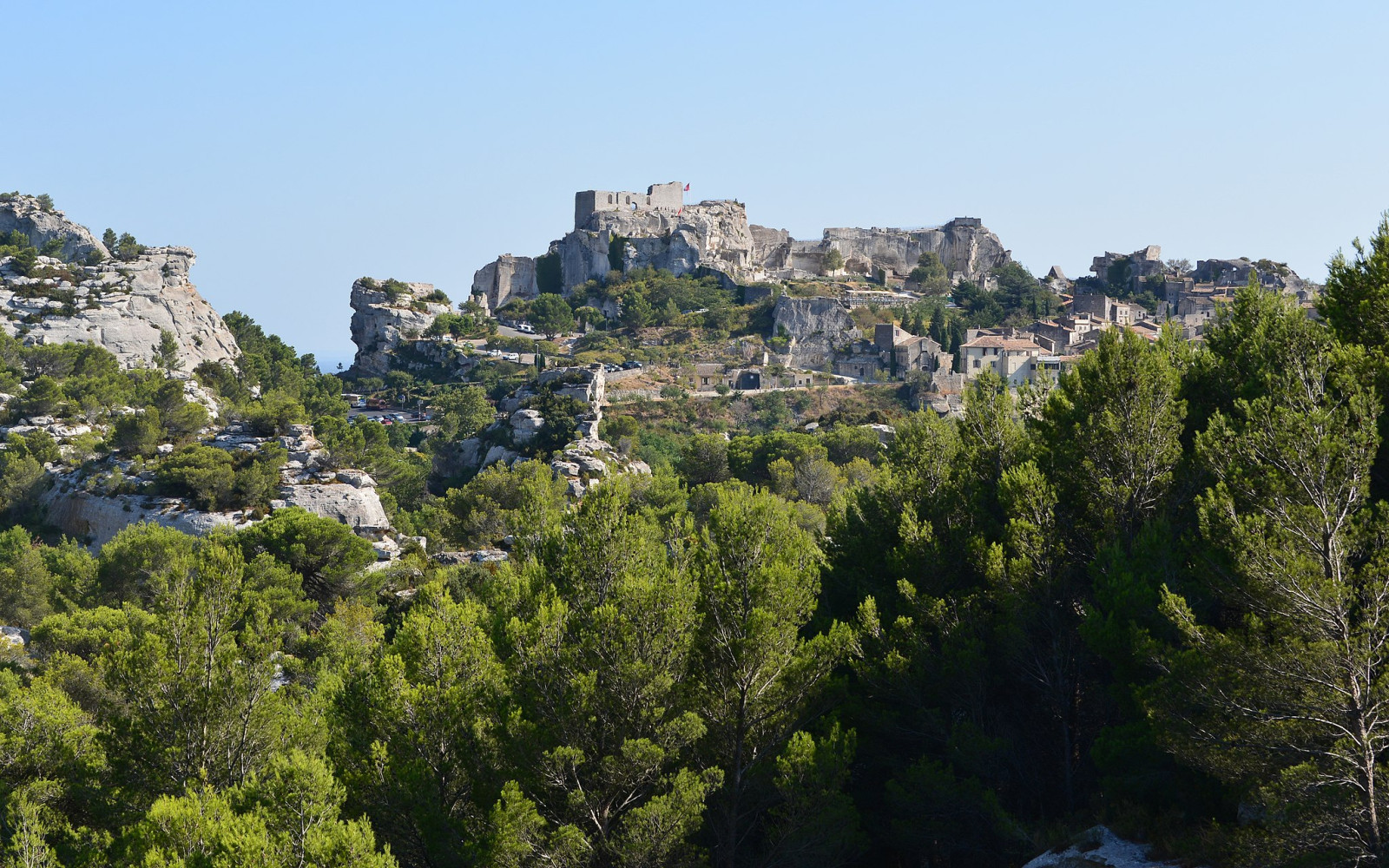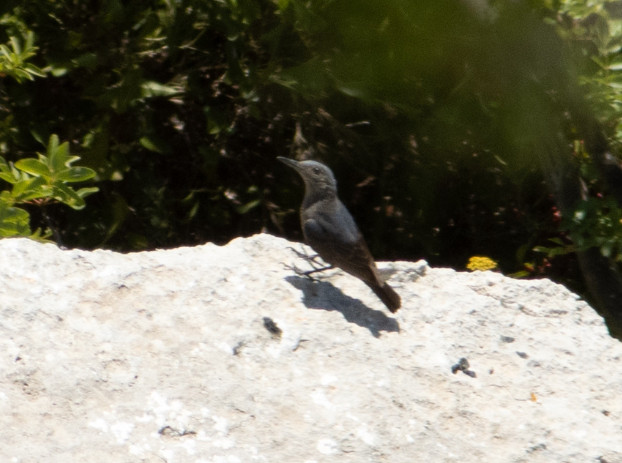Opis
Les Baux-de-Provence (commonly called Les Baux) is located in the Alpilles mountains, atop a rocky outcrop that is crowned with a ruined castle overlooking the plains to the south. Around the old Castle built into the rocks lots of jerzyk alpejski, jerzyk and jaskólka skalna are flying around. jaskólka skalna is breeding in the rocks. Also a good chance on modrak and kopciuszek. Sometimes also kraska can be seen. Around the castle are lots of olive groves. There you can spot lerka, cierlik, świstunka górska, góropatwa czerwona and a lot more. In winter on the rocks around the village pomurnik and płochacz halny are spotted regularly..
Szczegóły
Dostęp
Les Baux is located 15 km northeast of Arles. You can go there by car and park at the parking spots. Click on a P in the map for directions. Going there by bike is possible (also parking spots available). The road up is rather steep, above avarage, fitness is required. It is very hot during the summer, bring enough water to drink. Entry to the village is free. Entrance to the castle costs € 8.
Teren i siedlisko
Las , Góry , Rzadkie drzewa i krzewyWarunki
Pagórkowaty , Skalisty , Górzysty , SuchyTrasa dookoła
NieCzy luneta będzie przydatna ?
Może być przydatnaUdany sezon obserwacyjny
Wiosna , Lato , JesieńNajlepszy czas na wizytę
Wiosna , LatoTrasa
Szeroka ścieżkaPoziom trudności szlaku pieszego
ŁatwyDostępne
Pieszo , Rower , SamochódCzatownia/platforma obserwacyjna
NieDodatkowe informacje
Photo Les Baux by Clément Bardot, CC BY-SA 4.0, https://creativecommons.org/licenses/by-sa/4.0, via Wikimedia Commons





